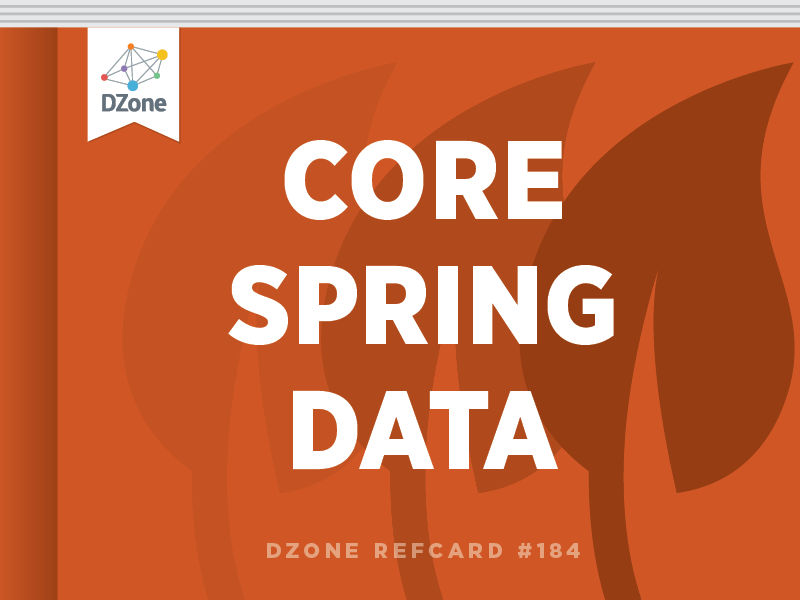About the Spring Data Project
The Spring Data project is part of the ecosystem surrounding the Spring Framework and constitutes an umbrella project for advanced data access related topics. It contains modules to support traditional relational data stores (based on plain JDBC or JPA), NoSQL ones (like MongoDB, Neo4j or Redis), and big data technologies like Apache Hadoop. The core mission of the project is to provide a familiar and consistent Spring-based programming model for various data access technologies while retaining store-specific features and capabilities.
General Themes
Infrastructure Configuration Support
A core theme of all the Spring Data projects is support for configuring resources to access the underlying technology. This support is implemented using XML namespaces and support classes for Spring JavaConfig allowing you to easily set up access to a Mongo database, an embedded Neo4j instance, and the like. Also, integration with core Spring functionality like JMX is provided, meaning that some stores will expose statistics through their native API, which will be exposed to JMX via Spring Data.
Object Mapping Framework
Most of the NoSQL Java APIs do not provide support to map domain objects onto the stores' data model (e.g., documents in MongoDB, or nodes and relationships for Neo4j). So, when working with the native Java drivers, you would usually have to write a significant amount of code to map data onto the domain objects of your application when reading, and vice versa on writing. Thus, a core part of the Spring Data project is a mapping and conversion API that allows obtaining metadata about domain classes to be persisted and enables the conversion of arbitrary domain objects into store-specific data types.
Template APIs
On top of the object mapping API, we'll find opinionated APIs in the form of template pattern implementations already well-known from Spring's JdbcTemplate, JmsTemplate, etc. Thus, there is a RedisTemplate, a MongoTemplate, and so on. These templates offer helper methods that allow you to execute commonly needed operations like persisting an object with a single statement while automatically taking care of appropriate resource management and exception translation. Beyond that, they expose callback APIs that allow you to access the store-native APIs while still getting exceptions translated and resources managed properly.
Repository Abstraction
These features already provide us with a toolbox to implement a data access layer like we're used to with traditional databases. The upcoming sections will guide you through this functionality. To simplify the development of a data access layer, Spring Data provides a repository abstraction on top of the template implementation. This reduces the effort to implement data access objects to writing a plain interface definition for the most common scenarios like performing standard CRUD operations as well as executing. This data access layer abstraction provides a layer of portability for CRUD operations across the different stores but doesn't limit you to gain access to store specific features like geo-spatial queries in MongoDB.

